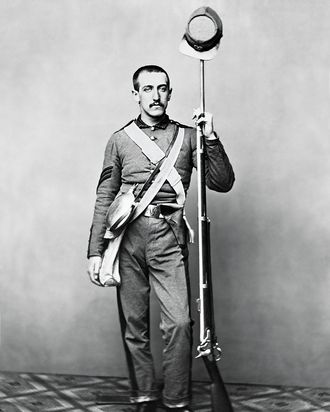
During the Civil War, nearly 500,000 soldiers and sailors signed up in New York State, perhaps a third of them from the two separate cities of New York and Brooklyn. One hundred fifty years ago this month, as the final skirmishes ended after the Confederate surrender, the last of them were making their weary way back to families and peacetime jobs. These six — all white; though New York sent off a few thousand black soldiers, few portraits survive — returned to neighborhoods we all know well. Think of them the next time you walk down their blocks.
Above: Col. Stephen Oscar Ryder
9th New York State Militia
Ryder led the kind of life we don’t see much anymore: that of a successful businessman who was also in the military for most of his adulthood. He enlisted at 18, in 1855, and was promoted to sergeant as the war started six years later. He saw action and advancement, and was about to receive a promotion to brigadier general when his brigade was disbanded. In his civilian life, he was in the flour business, rising from apprentice to proprietor, with an office at 66 Front Street and living, among other places, in a boardinghouse at 37 West 39th. He had two children: a daughter, Florence, and a son, Murray. Eventually, he moved to Brooklyn, where he died at home at age 51.
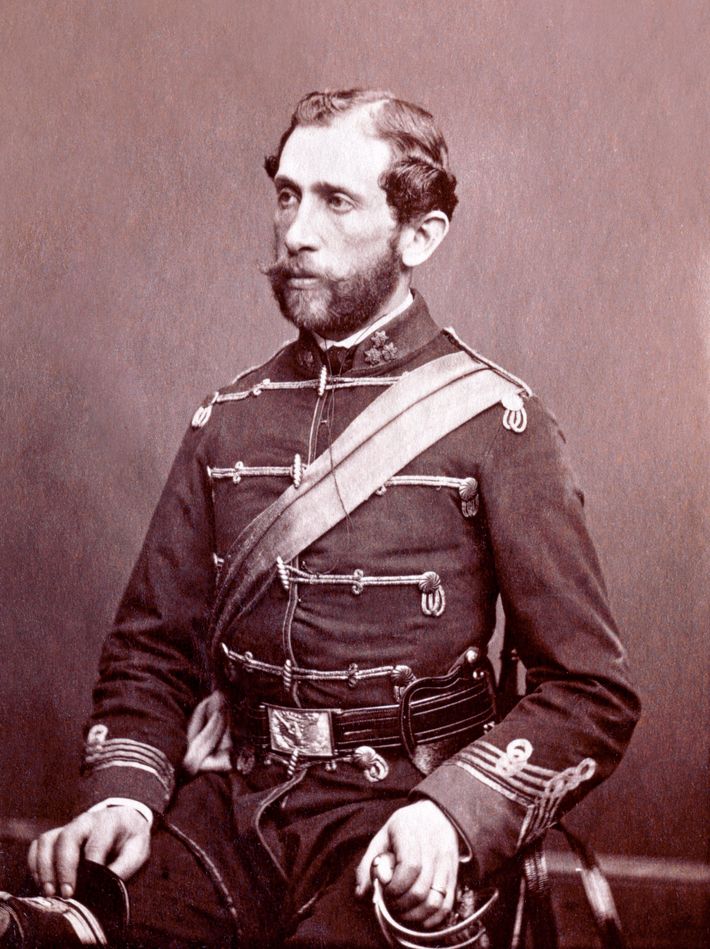
Col. Frederick George D’Utassy
39th New York Volunteer Infantry
D’Utassy was born in Hungary in 1827 and came to New York (by way of a few other cities) in 1860 along with his wife, Bertha, and his young son, Leo. Less than a year later, he was fighting with the 39th in Virginia. He didn’t get along with his fellow soldiers, who believed him not only difficult but crooked, and eventually he was court-martialed on charges that he’d sold both Army horses and military promotions for cash. Convicted, he drew a year of hard labor in Sing Sing. After his release, he lived first at 391 Fourth Avenue (now Park Avenue South) near 28th Street, then on West 34th. Despite his unpleasant Army experience, he became an American citizen in 1867. He ran a photo-portrait studio for a while, then became an importer. After a short stint living in Baltimore, he was found in 1892 in a hotel room in Wilmington, Delaware, where he’d turned on the gas and killed himself.
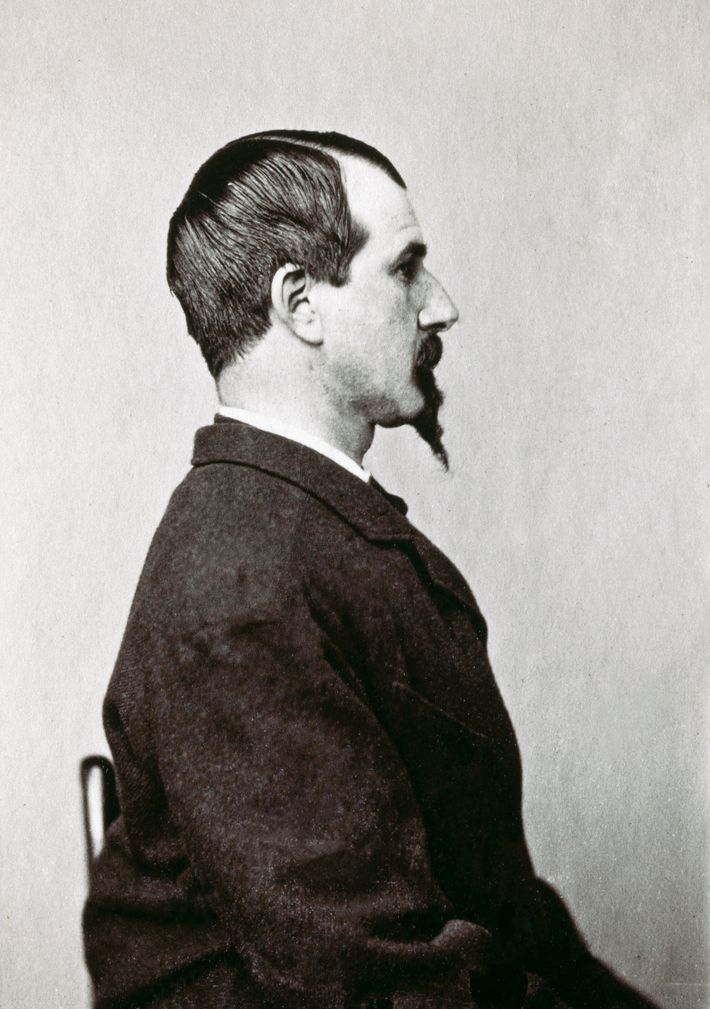
Brig. Gen. Rush Christopher Hawkins
9th New York Volunteers
A Vermont native, he fought as a teenager in the Mexican-American War, then settled here and studied law. Less than a year after marrying Annmary Brown (of the Brown University family) in 1860, he became the first New Yorker to join the Union Army. After being wounded in North Carolina in 1862, he recovered and reenlisted, fighting at Fredericksburg. Coming home as a war hero, he was elected to the New York State Assembly. He also became a major art collector — he was a commissioner of the Paris Exhibition, where he got into a feud with James McNeill Whistler — and amassed a huge antiquarian library, which he later donated to Brown. Developers eventually coaxed him to sell his brownstone at 21 West 20th Street, and he moved down a few blocks to 42 Fifth Avenue. In 1920, his eyesight failing as he approached his 90th year, he was hit by a car as he stepped off the curb in front of his building. He died at St. Vincent’s Hospital, and is interred, with his wife, at Brown.
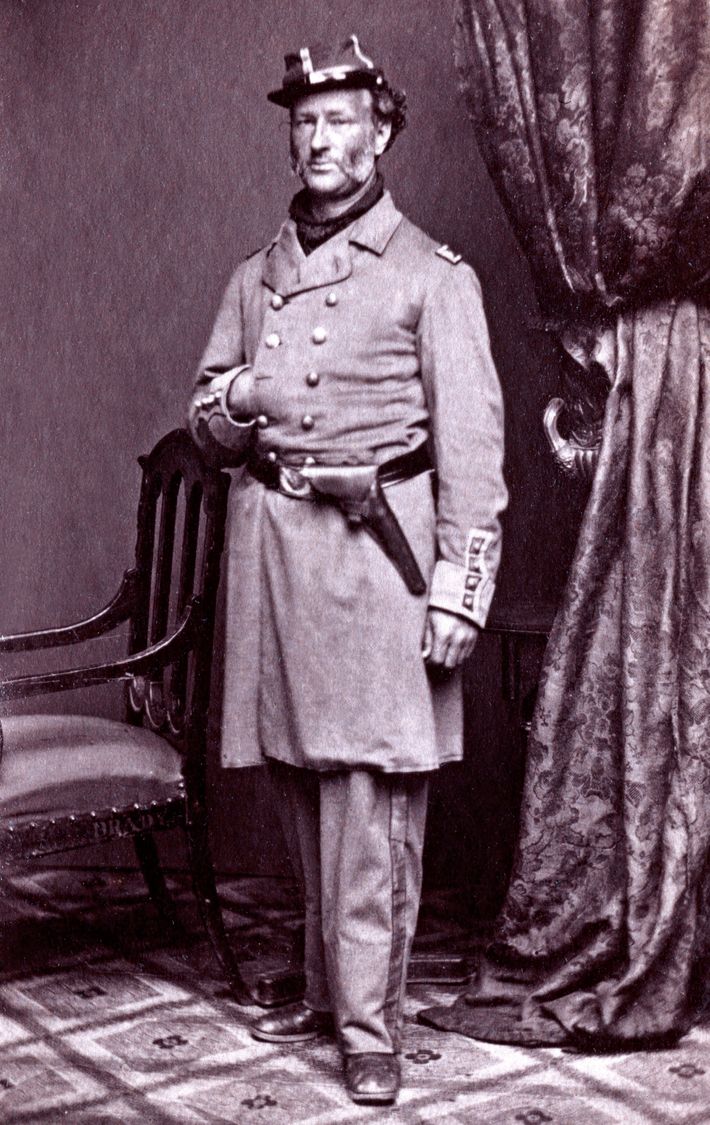
Lt. Col. John Aspell Cregier
11th New York Volunteer Infantry
Born on the street now called West Broadway, he became an officer twice over, both in the Union Army and the New York City firefighters’ corps, which he joined in 1835. He served in various posts, then retired from the department in 1860 at 45. A year later, he joined the infantry and headed to the front. He saw action at the Battle of Bull Run, and fought off not only the Confederates but also a case of typhoid fever. After the war, he rejoined the Fire Department, and held a variety of posts until his retirement. (His son also became a firefighter, and was killed on the job.) In his latter years, Cregier worked as a surveyor and lived at 53 Morton Street, in Greenwich Village, with his wife, Margaret. He died in 1888.
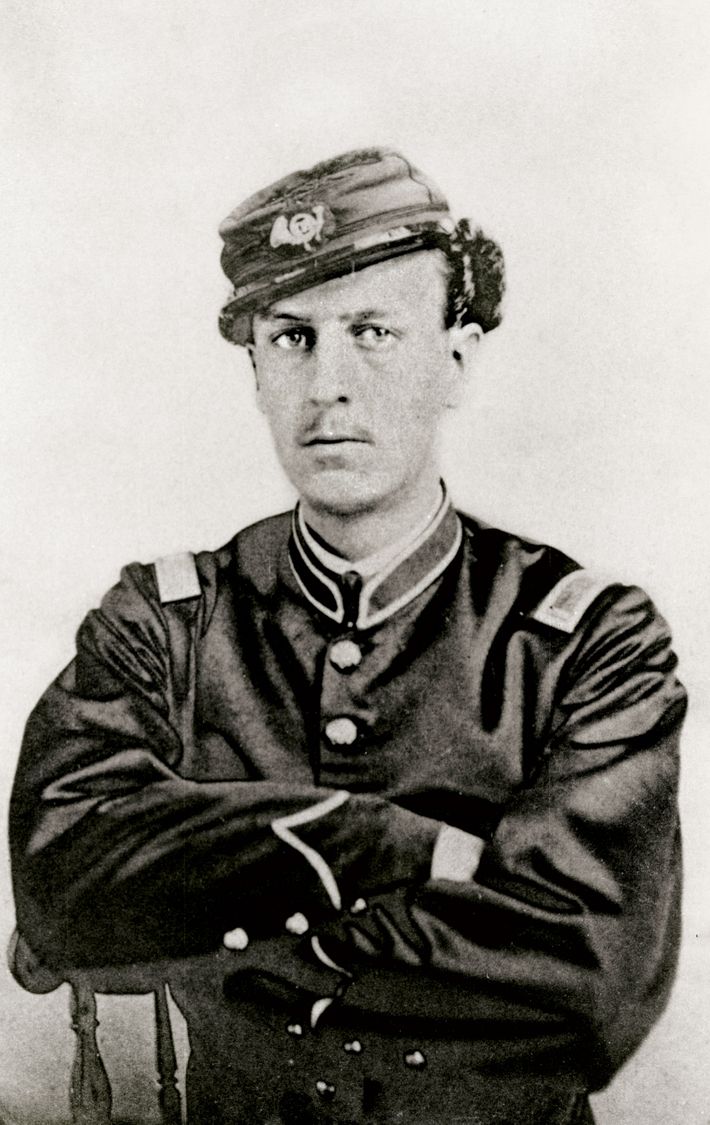
Maj. Gen. William August Kobbé Jr.
178th New York Infantry
Born in 1840 at 95 Prince Street, the son of a diplomat, he studied mining engineering in Germany and New York. In 1863, he signed up with the 7th Infantry Regiment as a private, then transferred to the 178th, seeing action in multiple battles and rising to the rank of lieutenant colonel. After the war, he reupped, and lived all over the country — in the New Mexico territory, in Kansas, in Virginia — but he and his wife and four children also resided for a while in the village of New Utrecht, north of Fort Hamilton Parkway, more or less in today’s Bay Ridge. Kobbé later fought on the frontier and in the Spanish-American War, briefly acting as a regional governor in the Philippines. He retired as a major general in 1904 and moved west — to San Francisco until the earthquake and fire of 1906 wrecked his house, then to Pasadena. He outlived his first wife, married again, stayed in Pasadena 25 years, and died in November 1931 at 91.
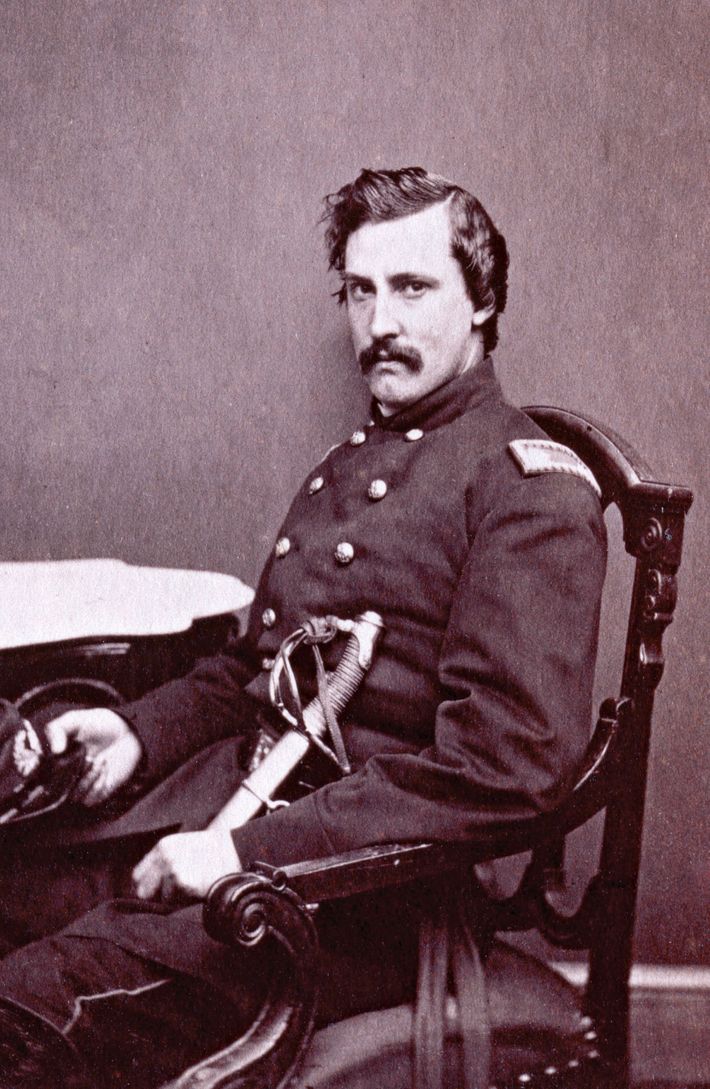
Col. Clinton Gilbert Colgate
15th New York Engineers’ Regiment
He came from a rich family — the soap-and-toothpaste Colgates — and was tall for his time, five feet ten and a half. A colonel with the 15th New York Engineers, he fought at Chancellorsville. Returning to New York, he married a New Englander named Fanny Eastman in 1865 and became a stockbroker. They lived very well at 11 East 64th Street, with four servants, and had a son, Arthur, and a daughter, Bessie. Clinton died in 1886, Fanny in 1903. (They are not buried together; the marriage was said to have soured.) After Clinton’s death, Fanny moved to Yonkers, and their East 64th Street house was sold and, later on, rebuilt from the ground up. Many decades after that, it was occupied by Jocelyn Wildenstein, the cat-faced plastic-surgery queen. In 2008, the Wildenstein family sold it for $42.5 million.
*This article appears in the June 1, 2015 issue of New York Magazine.





























